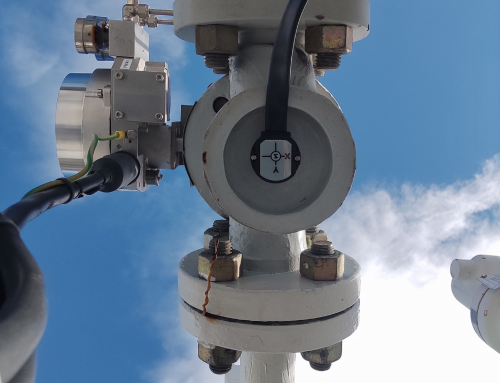Do we realize the environmental absurdity behind the IoT boom, where devices are made disposable due to non-replaceable power supplies?
Even if a 100% green IoT ecosystem seems like a far-off reality, the production of disposable devices represents an utterly incomprehensible environmental deviation.
As the era of industrial digitization strides forward, a significant problem is emerging: the environmental challenge related to the ecological impact of connected devices.
Their promise of increased productivity, improved efficiency, and enhanced profitability is overshadowed by a less gleaming reality – an ongoing ecological aberration.
An alarming trend is appearing in the sector: many manufacturers design their connected devices with entirely integrated energy sources. What might seem at first glance to be an effective strategy masks a far darker reality. Indeed, once their lifespan ends, often after just a few years, these devices are destined for the landfill! The carbon footprint generated and the wastage of material resources are simply unacceptable.
Moreover, to extend the autonomy of these devices, many manufacturers turn to highly polluting batteries, the recycling of which proves to be complex, if not impossible. It is hard to ignore the irony of the situation: while these devices are supposed to optimize industrial processes and potentially mitigate environmental impacts, they only exacerbate the problem they are supposed to solve.
These practices raise serious questions about the industrial strategy concerning the development of connected devices:
How can we envisage an ethical digital transformation if we persist in creating non-durable and polluting products? It is an untenable paradox.
To counteract this disturbing trend, it is imperative that industrialists have access to genuinely sustainable solutions. A profound overhaul of the design of connected devices is necessary so that they are durable, recyclable, and less energy-intensive.
Innovation should not be an excuse to pollute.
Companies such as Asystom, have always been aware of this problem and are actively seeking more environmentally friendly alternatives.
Our connected devices are designed to be extremely efficient in terms of energy management and data generation. Moreover, they operate on standard AA batteries (more than 10 years lifetime before replacement), easily replaceable and recyclable, illustrating that it is entirely possible to combine technological performance with respect for the environment.
We have gone as far as ensuring 100% local manufacturing within 40 km of our European headquarters. As we approach the dawn of the digital transition, it is crucial not to let our technological ambitions hinder our commitment to a sustainable future.
The digital revolution should be synonymous with an ecological revolution.
We are proud to be part of this transition due to our commitment to more sustainable, environmentally respectful design.



